A train passenger's view of India
- Published

Shanu Babar was five years old when he first boarded a train. It was the start of a life-long love affair. In college, he documented a series of train journeys across India for his dissertation. This selfie was taken in February 2015 at a station in Trivandrum, capital of the southern state of Kerala.
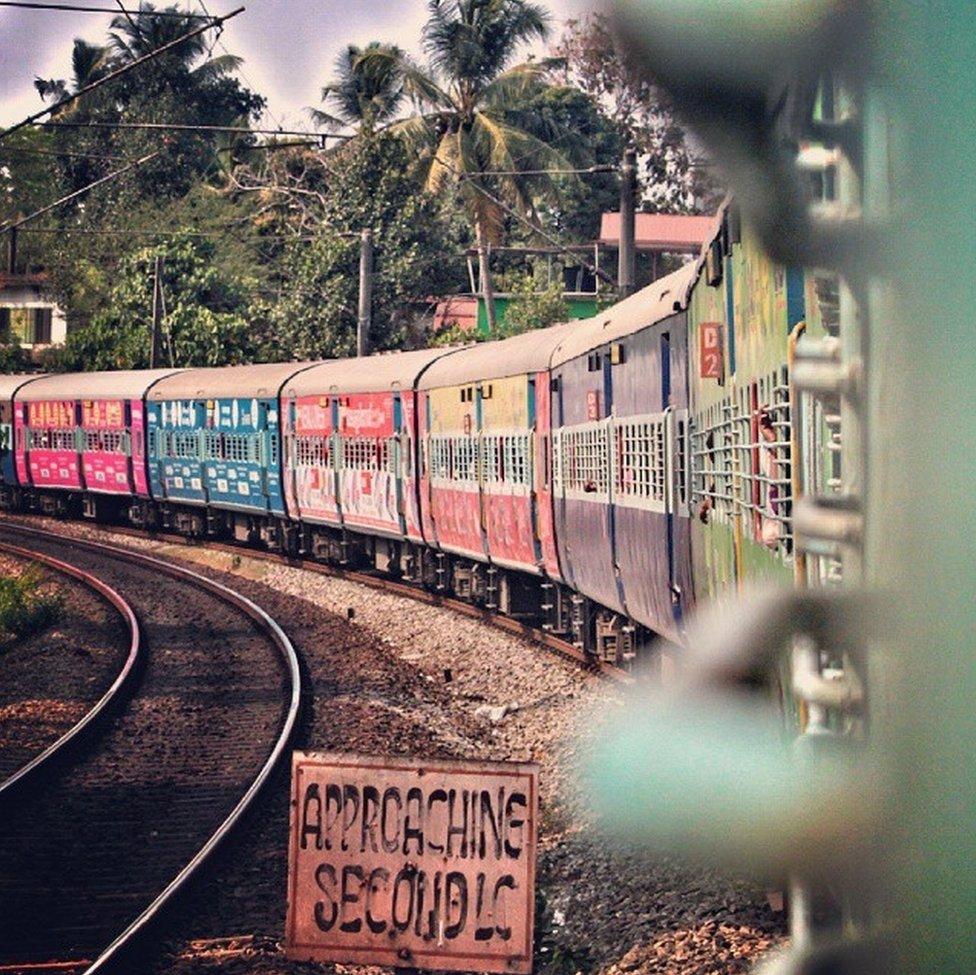
On 21 July 2015, Mr Babar launched @windowseatproject to record his journeys on Instagram. The "window seat", he says, has always been his favourite spot on a train. It was also his vantage point for this photo of the colourful Ernad Express, with each coach advertising a different brand.
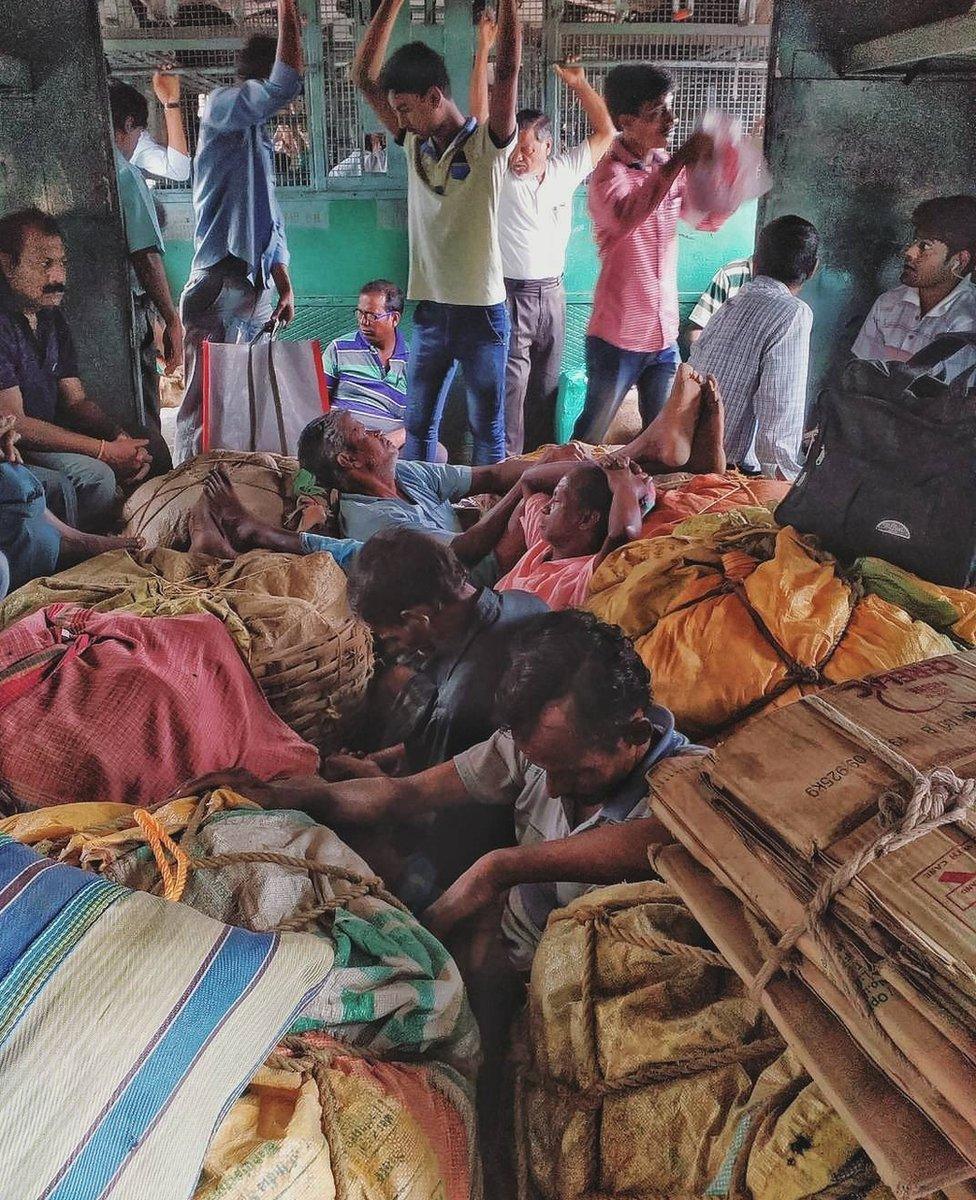
By August 2015, other Instagram users were tagging @windowseatproject and chronicling their train journeys. Mr Babar reposted those images, including this one from a local train in Kolkata. He says watching the tired labourers napping amid their bulky cargo is "quite cathartic".
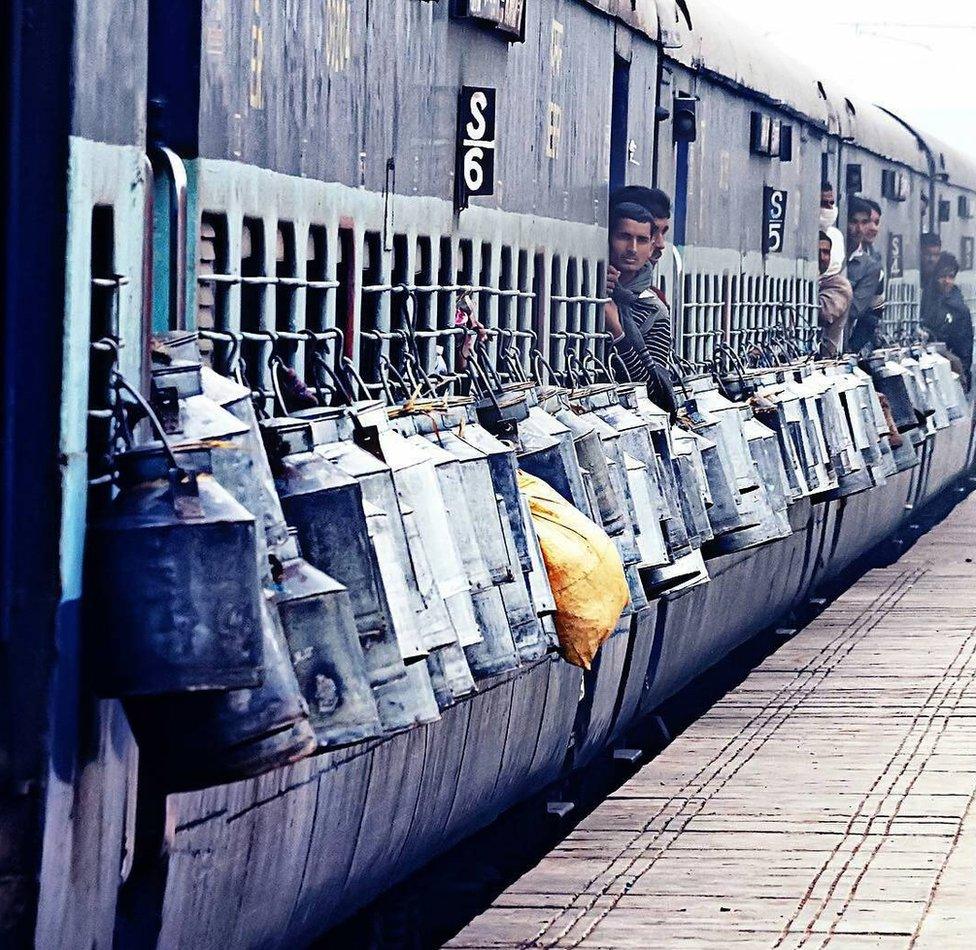
Photos from contributors kept pouring in, turning @windowseatproject into a crowd-sourced visual library. This, Mr Babar says, is how dairy farmers across India transport milk from rural farms to urban markets because there is no place inside the trains for so many milk cans.
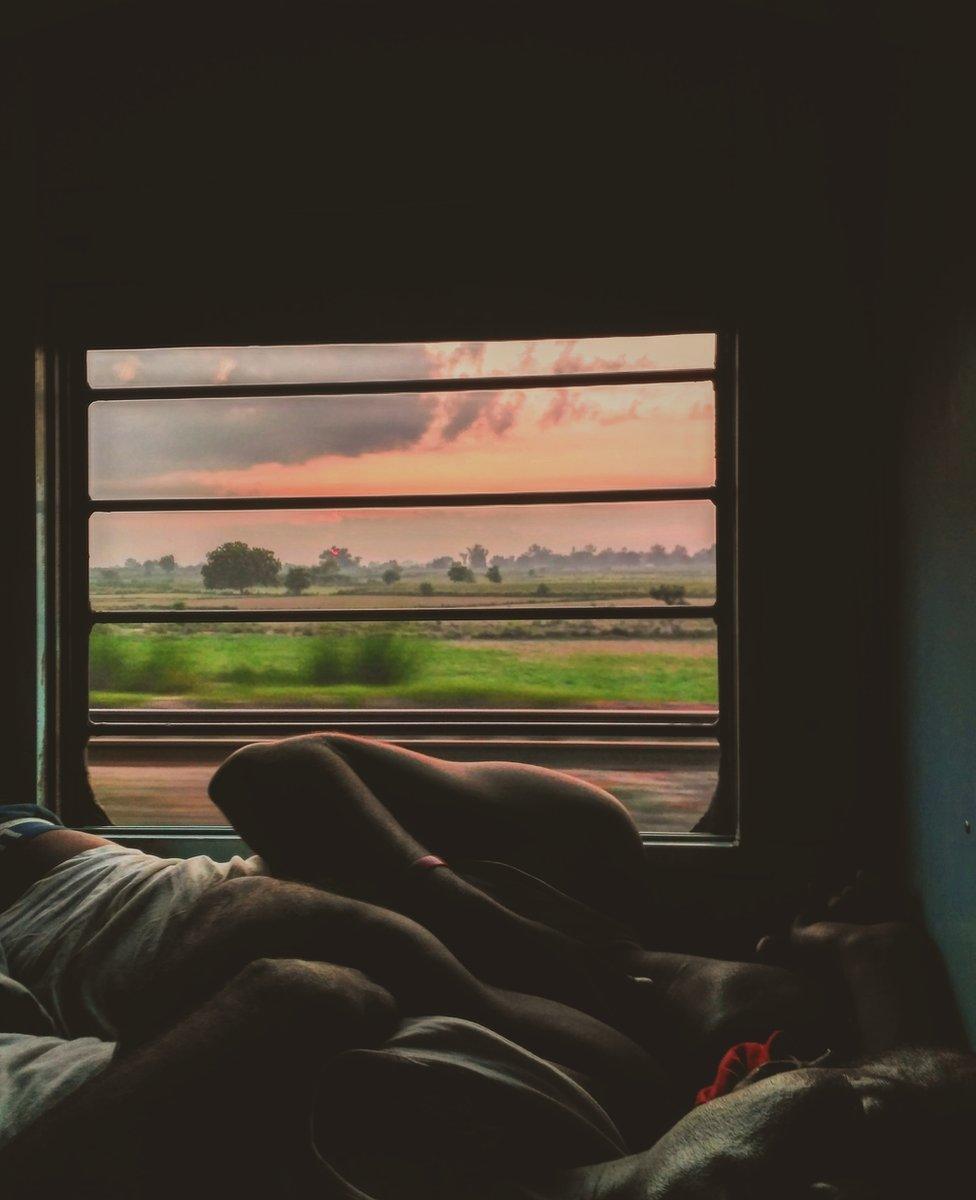
This image, also a repost, represents a generosity that is typical on trains, says Mr Babar. Sometimes, strangers are forced to share a berth if they are both on the waitlist. Their reservation is often confirmed only after they board the train. Here, two men sleep shirtless in a coach without air conditioning.
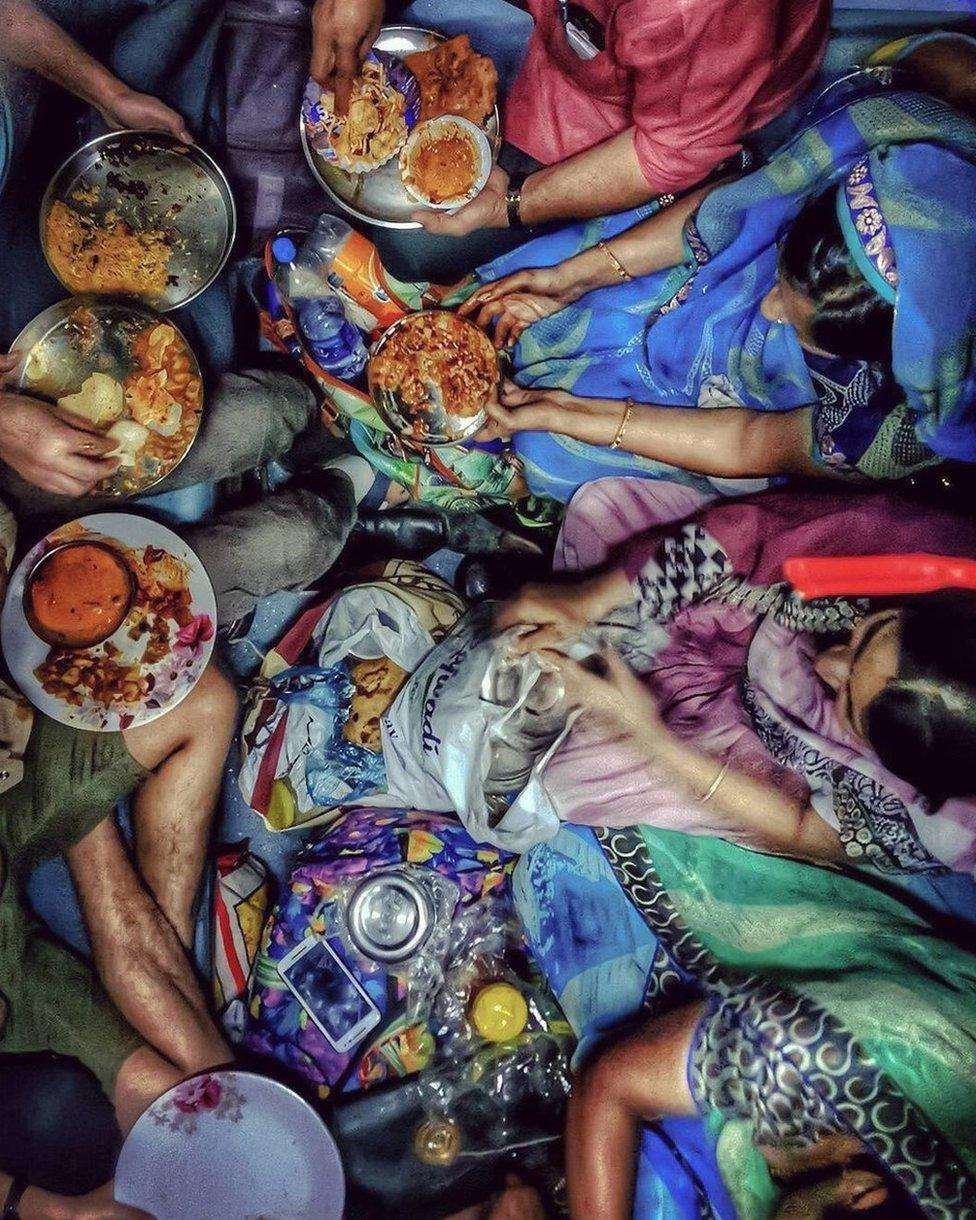
Travellers often carry elaborate home-cooked meals for train journeys. Mr Babar says they remind him of his family's "feasts" during their annual trip across the hills of western India. The menu would include curries, breads, rice and masala puris, a deep-fried Indian bread where the dough is stuffed with spices.
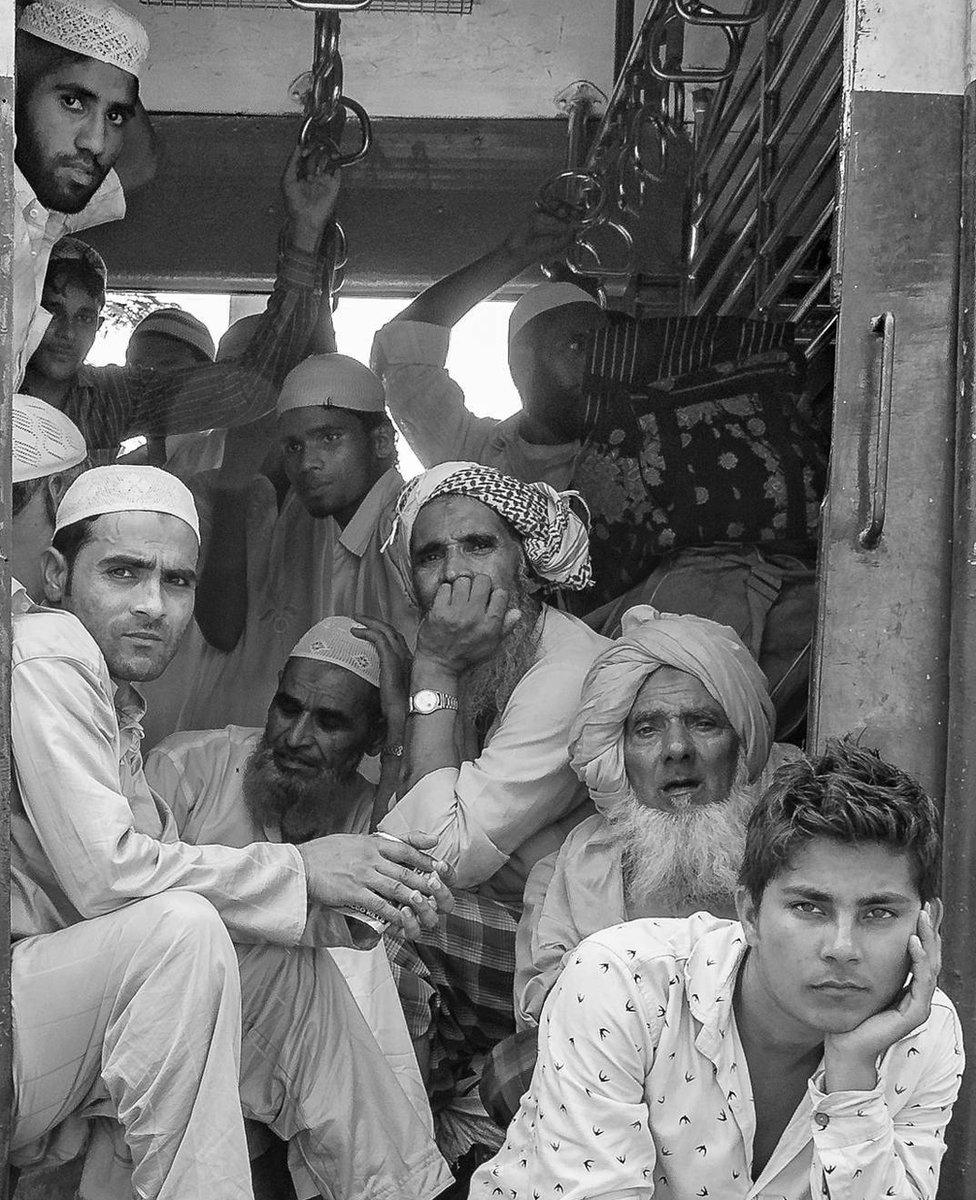
Harshita Mahajan, the photographer, remembers walking past these men waiting on a local train at the Nizamuddin Station in Delhi on a July afternoon in 2015. Ms Mahajan was armed with a large camera that drew their attention. "What struck me was the curiosity and interest in all their expressions," she says. More than two years later the image was reposted on @windowseatproject.

"What better way to break the ice than the ritual of paying cards?" asks Mr Babar. They were strangers who never exchanged names but they played like friends, he says. The men laughed, schemed and argued through the game. Mr Babar did not participate in the game because he was photographing a karaoke session on the berth next to theirs.
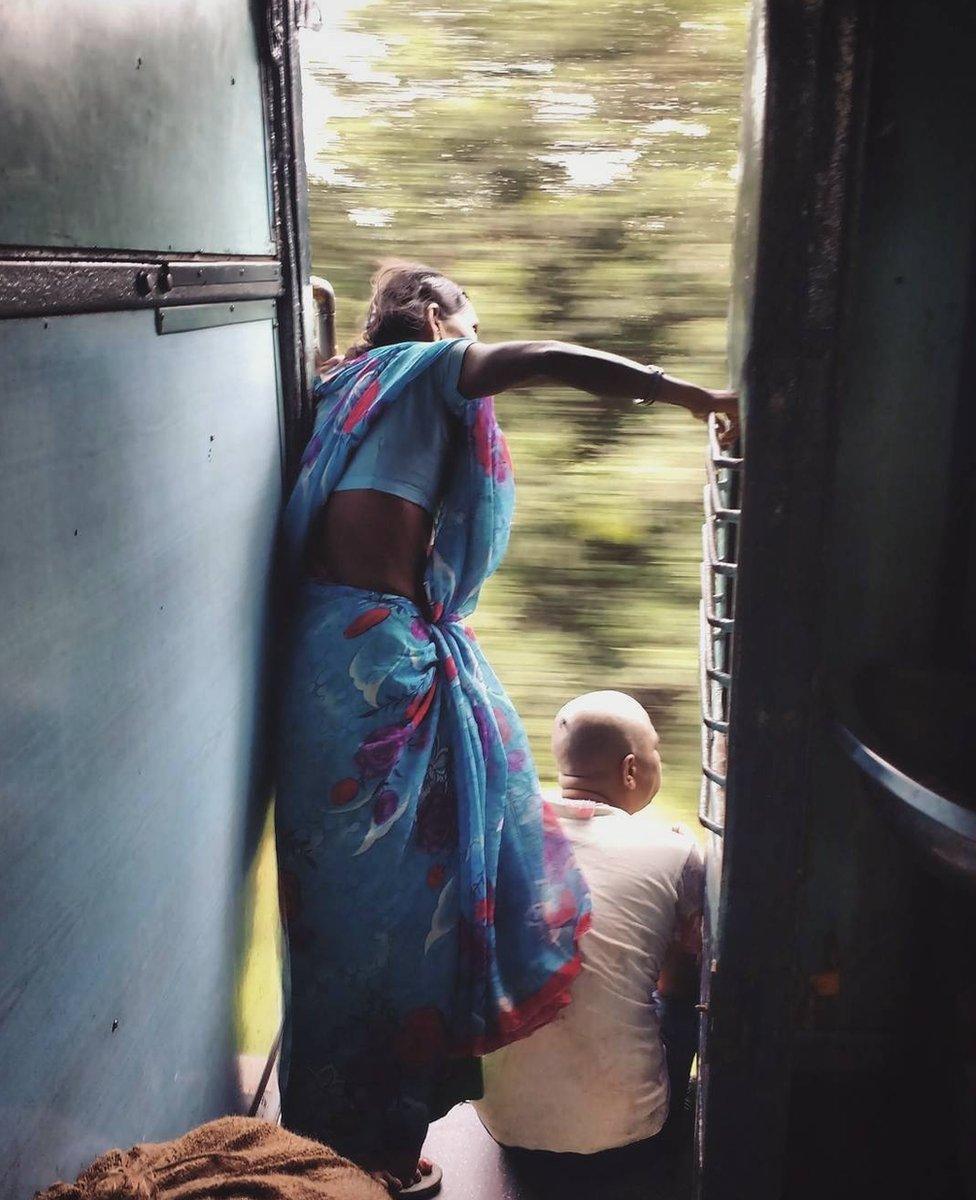
Mr Babar says there are now 26,000 posts, with photos ranging from the unusual to the innocuous. This one, also reposted by Mr Babar, is on board the Howrah-Jamalpur Express which cuts across the state of West Bengal in nine hours. He says the female passenger looked a little anxious, perhaps because the elderly and the poor often can't read railway timetables and she might be worried about missing her stop.
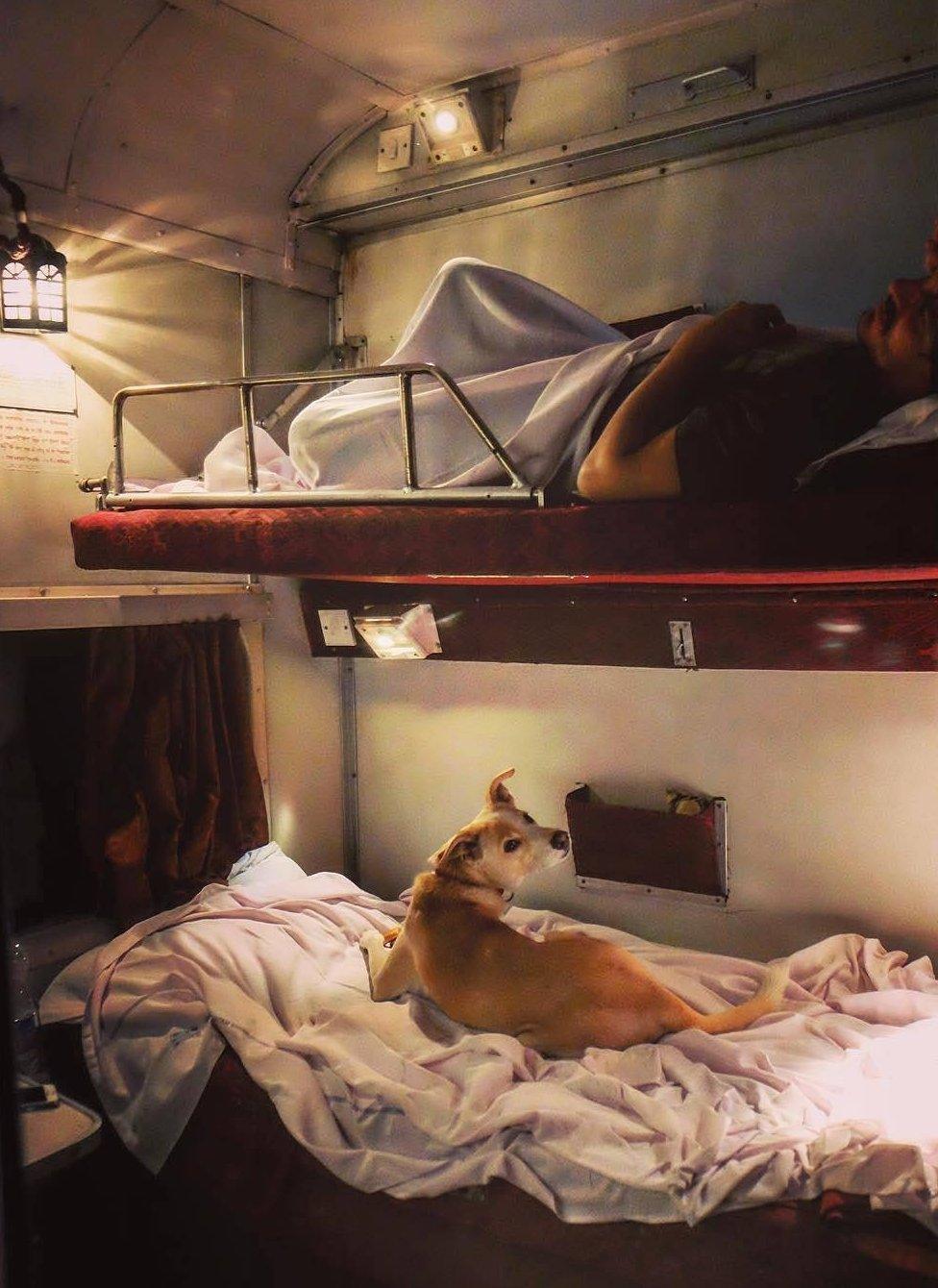
"We travel in first class with our furry babies," says Divya Dugar, who took this photo. This is her dog, Marcopolo, en route to the foothills of the Himalayas from Delhi. She has so far been on four train journeys with her dogs - the longest took 30 hours. Ms Dugar's photos are the only ones on @windowseatproject that feature pets.
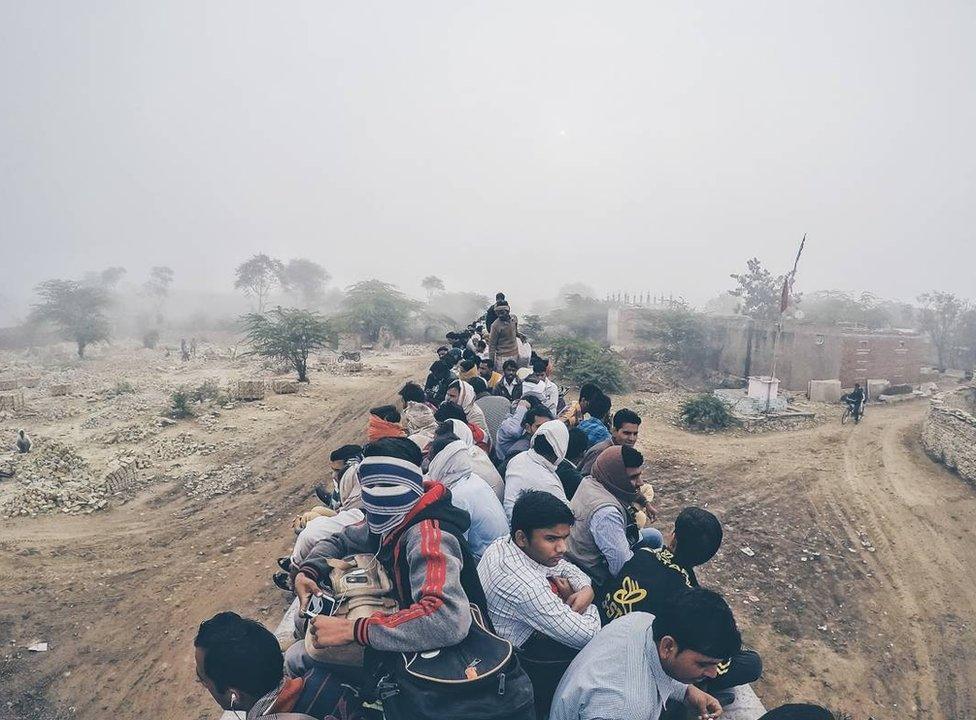
In March, Mr Babar climbed on to the roof of the Sheopur Kalan Express as it hurtled through central India. Passengers were on the roof because the train was overcrowded. They read newspapers, fell asleep and when the train approached a tunnel, Mr Babar recalls everybody lowering their heads together. "It's bizarre what people could get used to," he says.